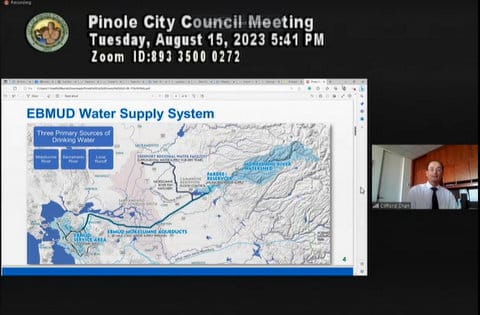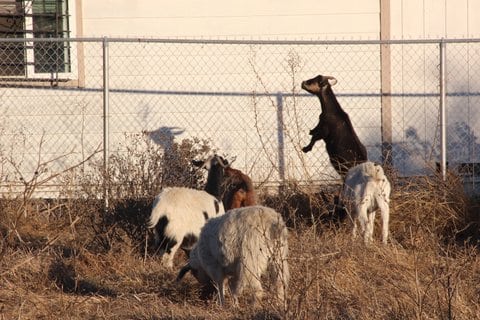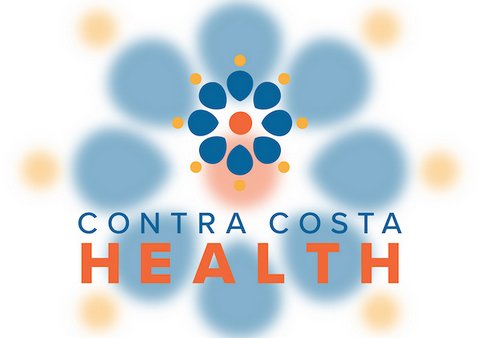
29 Aug Pinole Council Looks at Water Conservation and Fire Prevention

By Mitzi Pérez-Caro
East Bay Municipal Utility District introduced its watershed master plan at the Aug. 15 Pinole City Council meeting.
The plan is to protect 29,000 acres in the Briones, San Pablo, Upper San Leandro, Chabot and Pinole Valley reservoirs, providing drinking water and a healthy habitat for plants and animals.
The utility district also has goals to conserve 70 million gallons of water per day by 2050, recycle 20 million gallons of water per day by 2040 and have sustainable groundwater storage supply, the last of which it is working toward with this plan.
Currently, EBMUD produces 9 million gallons of water per day. Its current plan evaluates drinkable reuse in existing and future projects in Pinole, Hercules and Rodeo.
“One of the things we’ve been working on for many years is how we can prepare or respond to an emergency. The biggest emergency that we are looking to respond to is the earthquake,” said EBMUD general manager Clifford Chan. “After the earthquake, we expect that several thousands of our pipes will break. That will impact water service to our customers.”
The emergency planning focuses on the larger pipelines first and creating manifolds, or pipe fixtures branching into several openings for drinkable water, for certain fire hydrants.
“Assuming that we need to go to the point of having service through hydrants at collection areas that there’s been damage within neighborhoods, I am wondering if East Bay MUD knows where the newest distribution pipes and the least vulnerable infrastructure would be located,” said Mayor Pro Tem Maureen Toms. “Should we be looking at several sites?”
EBMUD said it would like to work with the city and county to determine where the manifolds would be placed.
“We collaborate with other agencies, service areas,” said EBMUD engineer Florence Wedington. “We draft regulations to make it safe for everyone to drink and to meet the standards.”
“We did a survey in 2012, and one of the results was that climate action is really important to our city,” said Mayor Devin T. Murphy. “Issues around the drought and water usage showed a huge interest from Pinole residents. The drought and water issues are imminent. One of the imperative actions we want to take as a council is with your point of distribution program.”
Residents are also concerned with the quality of the pipelines and their makeup.
Pinole resident Rafael Menis asked during public comment, “How many pipelines are made of hazardous materials?”
“Roughly, a third of the pipes are cast iron, a third are steel, and a third are asbestos cement. Our standard material that we are using today is a ductile iron pipe,” responded Chan.
In addition to water, fire was also on the council’s agenda — or, rather, fire prevention.
“Expect to see more goats as fire prevention,” said City Manager Belinda Espinosa. About 40 goats are used to consume dry grass around Pinole, thus reducing the amount of brush that could fuel a potential fire.
- Goats eat dry brush in a 2015 anti-illegal dumping event in North Richmond. Goats are used in places such as Pinole to help prevent fires from spreading. (Photo by Danielle Parenteau-Decker)
A few weeks ago, goats got loose in the 1800 block of Shea Drive, a residential area of Pinole, and video of the incident went viral locally.
The Pinole Police Department was called to wrangle the loose goats to get them back on the grasses of Pinole, though one officer said on video, “There’s nothing we can do until the herder gets here.”
“When the goats were loose, it was like a swarm or a school petting zoo. CalTrans was asking, ‘How did they get out?’” council member Anthony Tave said. “However, I believe fire prevention should continue that program.”
The city hopes to be preventative in fire protection versus reactive when a fire breaks out.
Pinole City Council meets the first and third Tuesdays of each month. Meetings begin at approximately and are held at council chambers at 2131 Pear St. but may also be attended via Zoom. The agenda and staff reports are made available online by 4:30 p.m. the Thursday before the meeting.







No Comments